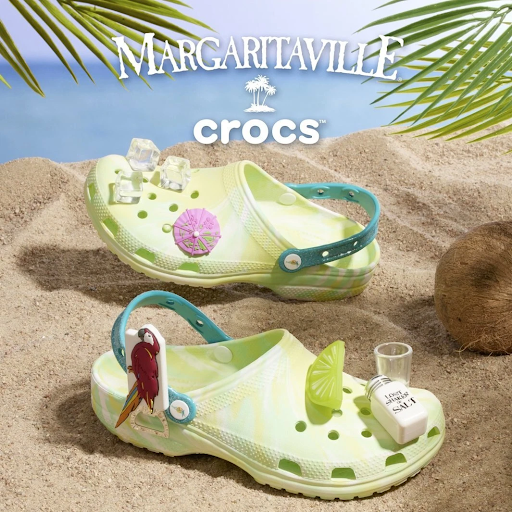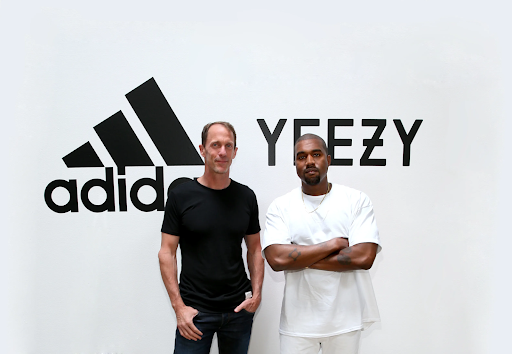The Art of Collaboration: How Partnerships Are Reshaping Advertising
The brand endorser/celebrity collaboration market is large and growing fast.
Courtesy of KFC / Courtesy of Dunkin’ Publicity
A Global Sensation
The co-branding market is worth $14.3 billion as of 2025, and is expected to grow to $54.8 billion by 2034. Collaborations and limited-edition “drops” have become routine, headline-making events across industries.
It seems like every week there is a new collaboration announcement. 81% of U.S. consumers say they enjoy co-branding partnerships. A co-branding partnership is defined as either two brands working together or a brand collaborating with a celebrity. One of my all-time favorite partnerships has been Bath and Body Works’ limited-edition Bridgerton collection. A product that smells like a rich London ballroom filled with expensive flowers and reminds me of Jonathan Bailey? Immediately in my cart.
The Psychology Behind Brand Collaborations
There are many reasons why this marketing strategy works and has proven successful time and time again. Let’s break down a few of them:
Authenticity
Consumers have grown to learn when brands are being authentic as opposed to when they are forcing themselves to align with what they think consumers want from them. When executed effectively, brand collaborations allow the identities of two brands to reveal themselves and sometimes create something so out of the box that it sells out in seconds, like the Margaritaville collab Crocs did in 2022. The combination of two drastically different brands, not only visually but industry-wise, was an authentic stroke of genius that I never would’ve expected. My one complaint? Not getting a pair for myself.
Courtesy of Crocs Publicity
Brand Identity
Some brands are so identifiable that when they collaborate with another iconic brand, they can succeed on identity alone. Brand partnerships can also help a less identifiable brand gain more recognition from consumers. Wearing a co-branded hoodie or carrying a limited edition collection item becomes a statement about fandom, aesthetics, and self-expression. One great example of a popular brand working with one that’s less known is Apple’s collaboration with (RED). (RED) is a nonprofit that aims to support HIV/AIDS initiatives. (RED) gained global visibility and funding through Apple’s dominance in the tech industry, while Apple earned recognition for being a socially responsible brand.
Engagement
When two brands collaborate, they are bringing together two (typically different) audiences. The fandom for KFC is certainly not the same fandom for Crocs, yet their limited-edition drop sold out in minutes. Bringing two often niche audiences together unexpectedly can generate so much buzz, electrifying consumers who would otherwise never associate with one another.
FOMO
The “Fear of Missing Out,” better known as FOMO, motivates 60% of consumers to purchase from a limited-edition product drop. Seeing as how most, if not all, collaborations are limited-edition, FOMO is a major tactic towards the success of this trend in the industry. The McDonald’s “BTS Meal” from 2021 had a limited-time release, with BTS-themed packaging, and introduced custom sauces that were later resold on eBay for up to $400. Despite not even being a BTS fan, I just had to buy this meal because it was all over social media, and my FOMO was real.
The Dark Side of “Collabing”
Of course, with every successful tactic in the advertising industry, some drawbacks come with the genius of it all. When it comes to brand collaborations, there are always risks of backlash, underperformance, and unmatched values.
Remember when Kanye West began his collaboration with Adidas in 2013? The infamous “Yeezy” shoe line took over the shoe world and ultimately crumbled to pieces. Kanye West's values were unaligned with those that Adidas is known for: courage, ownership, innovation, teamplay, integrity, and respect. Although Adidas was not the one facing direct backlash, their mere association with the Yeezy brand—and ultimately Kanye West as a brand in himself—caused consumers to boycott, resell, and throw away their Yeezy shoes. Adidas had to “divorce” itself from the Yeezy brand, making a public statement condemning the controversial and offensive claims made by Kanye West…a true lesson learned by Adidas.
Courtesy of Adidas Publicity.
The Future of Collaborations
Especially in today’s day and age, where everything is public, brands must take time to seriously consider who and what they associate their brand with. When it comes to the Crocs brand, its main values are authenticity, self-expression, and creativity. For that reason, Crocs is careful with who it associates itself with and typically does so with less relevant brands with very niche fandoms, such as Twilight, 7/11, and Kellogg's cereal.
Collaborations take the cake in advertising because they give brands the platform to think outside the box and become as niche as you can imagine. By gaining new audiences and catering to FOMO techniques, brands can truly have the upper hand in selling to consumers.
Next time you’re on the train, look around and see how many brand collaboration products you can point out…it may surprise you!
-Kathleen Merkel-




